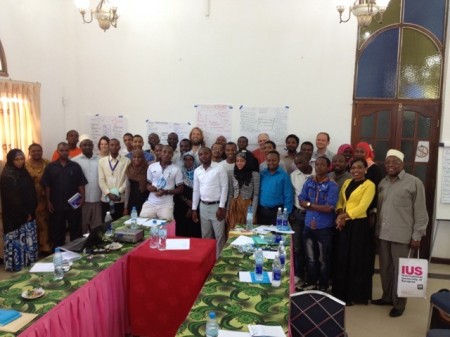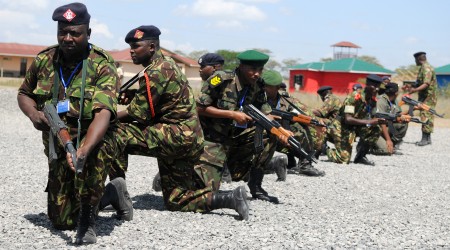
This article was originally published by the International Peace Institute (IPI) Global Observatory on 27 April 2017.
A year ago today, the United Nations Security Council and General Assembly adopted dual resolutions on “sustaining peace.” With this framework, the UN embraced a prevention approach in its peacebuilding efforts, with continuous attention of the international community from early warning to post-conflict recovery. Sustaining peace emphasizes inclusive dialogue, mediation, accountable institutions, good governance, access to justice, and gender equality. It encourages utilizing existing societal mechanisms and capacities to build resilience and drive positive peace. Yet there is still confusion over what this means in practice. Two recent case studies might shed some much-needed light on the matter: The Gambia and Burundi.
The resolution of The Gambia’s potential political crisis following an election in December last year has been hailed as a success story for preventative action on the continent. The UN was quick to commend the work of Economic Community of West African States (ECOWAS) in preventing the outbreak of conflict by helping to peacefully remove President Yahya Jammeh. Earlier this month, The Gambia held successful National Assembly elections, with the United Democratic Party winning the majority of seats. The party and its newly elected President Adama Barrow now control both the legislative and executive branches of government and there is hope that they will usher in a peaceful period with respect for democratic rule.
Sentiments directed toward the situation in Burundi have been vastly different. Efforts from regional, continental, or international actors have been either insufficient or ineffective in attempting to resolve the crisis triggered by President Pierre Nkurunziza’s subversion of constitutional rules and democratic norms to gain a third term in power.
The sustaining peace framework offers options for international actors to keep The Gambia transition on track and also to prevent a worsening of the situation in Burundi.




